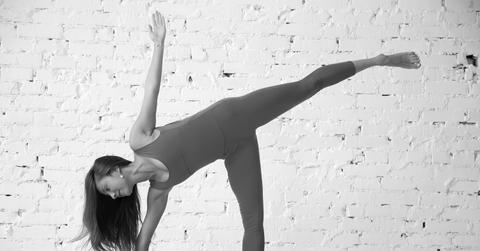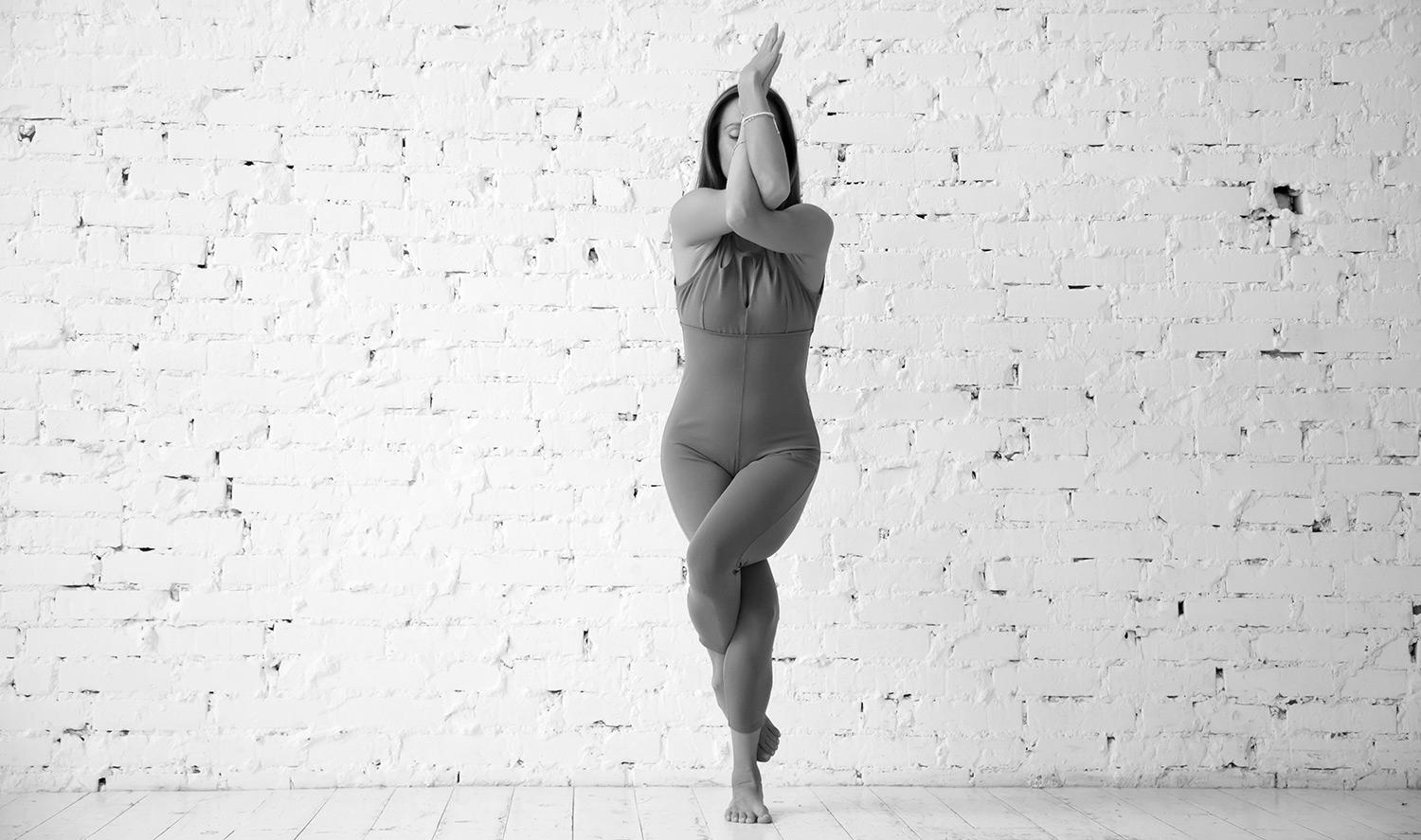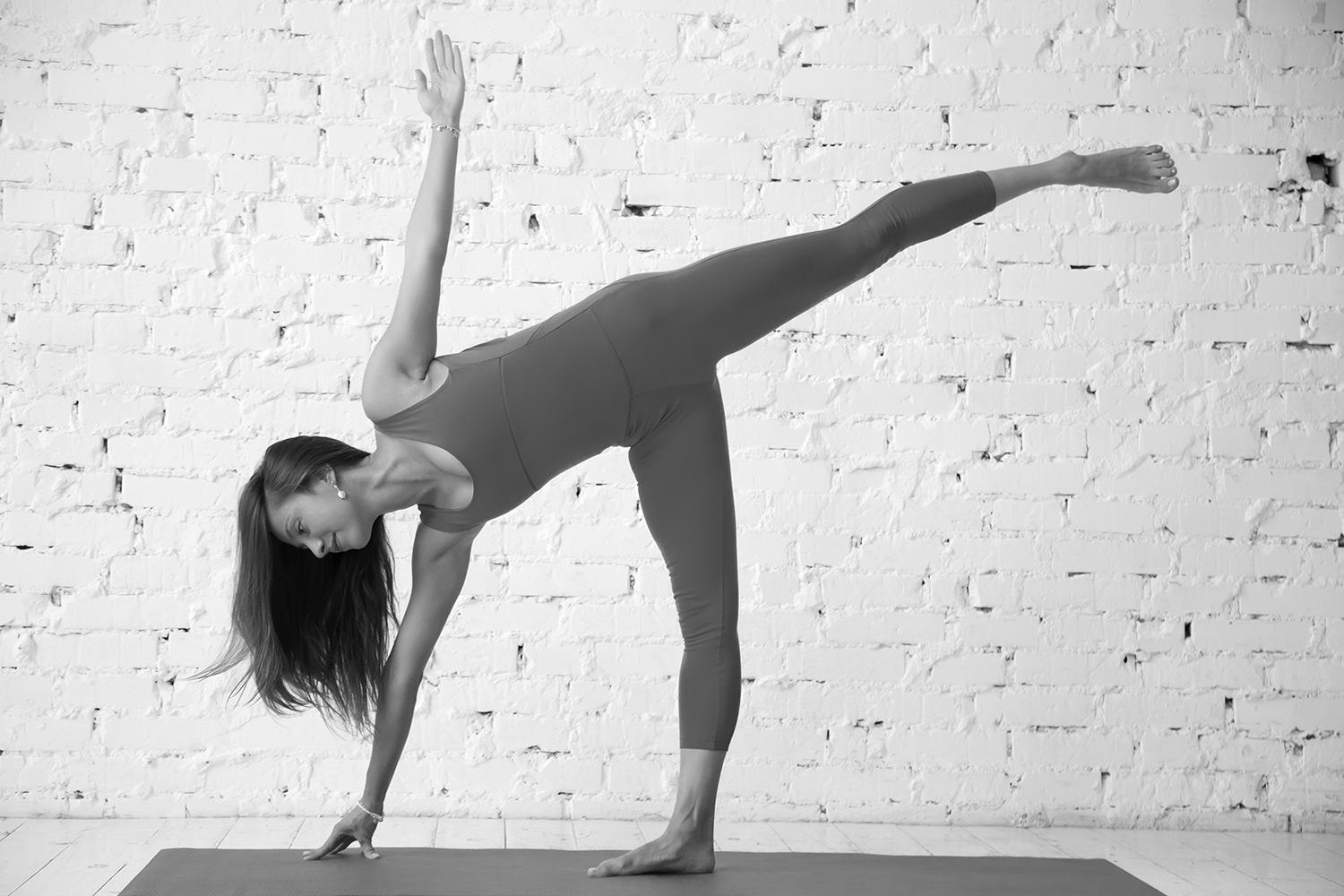
Yoga For Lower Legs
July 28 2017, Published 2:41 p.m. ET
Why are strong ankles, feet, and toes important for golfers? How can lower leg strength and flexibility improve your golf game? When transferring your weight from the rear to the front foot in the downswing, being able to push off from the rear instep, the ball of the foot, and the big toe with strength and mindfulness is crucial. In order to do so and prevent injury, strong ankles and feet are a must. During the follow-through, the front foot rolls onto the outside edge and the ankle has to be strong and flexible enough to receive the weight transfer.
Being aware of what the ankles and feet are doing while swinging a golf club and developing a strong foundation can improve your game significantly and consequently lower your scores. There are two yoga poses I like to concentrate on for strengthening and stretching the lower legs, particularly the ankles and feet. If done consistently as part of a regular yoga practice, they can vastly improve ankle and foot strength and flexibility. Grounding through the feet when swinging a golf club keeps you stable and can increase power and improve the consistency of your swing.

EAGLE POSE Step-by-Step
1. Stand in mountain pose, tadasana in Sanskrit, at the front edge of your mat, bend your knees slightly and lift your left foot, balancing on your right foot.
2. Cross your left thigh over your right thigh pointing the left toes down and pressing the left foot back and hooking it behind the right calf.
3. Straighten your arms in front of you, parallel to the floor, and cross your right arm over your left arm, bending your elbows. Place the right elbow into the inner left elbow with the palms facing out and raise the lower arms perpendicular to the floor.
4. Bring the forearms together and the palms together as much as possible with the left palm hooking up from the inner right wrist. Bring the elbows up and stretch the fingers up toward the ceiling.
5. Keep a nice steady breath and every time you exhale through the nose, release into it a little more. Stay for 5-8 breaths.
6. Unwind the arms and legs, stand in mountain pose, and repeat on the other side.
Eagle pose, garudasana in Sanskirt, will strengthen the legs, knees, and especially the ankles creating great joint stability. Garuda means “king of the birds” and in Hindu mythology Garuda transports God Vishnu, eager to help humanity and fight against the demons. As you maintain balance in this pose, keep a straight spine like Garuda, and focus on a fixed point.

HALF MOON POSE Step-by-Step
1. A smooth transition into half-moon pose is to go from triangle pose or warrior 2 pose with the right foot forward and toes pointing straight ahead.
2. Bend the right knee, move your weight onto your right foot and straighten the right leg, keeping the knee straight forward without locking it. Keep your right hand or fingertips down in front of you. Keep the left hip, chest, and shoulder open to the left side of the room, lifting the left arm up and reaching the left fingertips upward.
3. Lift the left foot and leg off the floor, extending the left leg straight back, parallel (or a little above parallel) to the floor. Flex the left foot and feel the energy shooting out of the left heel. Keep rotating the torso to the left and keep the left hip moving slightly forward.
4. Stay in this position for 5-8 breaths. Make your way back to tadasana pose. Repeat on the other side.
Half-moon pose, or ardha chandrasana, ardha (meaning half),chandra (meaning moon), and asana (meaning pose), strengthens the ankles and the feet and has the added benefit of strengthening the core. The key to this pose is stability in the standing leg to externally rotate the lifted hip and leg. Half-moon pose brings awareness to the body in space and an expansiveness through the entire body to energetically lift and bring about a feeling of liberation.
Nish Fox is a certified Yoga Instructor in Los Angeles, California. She can be reached at nishfoxyoga@gmail.com
